- Category
- Life in Ukraine
Why Thousands of Hasidic Jews Make a Pilgrimage to Ukraine
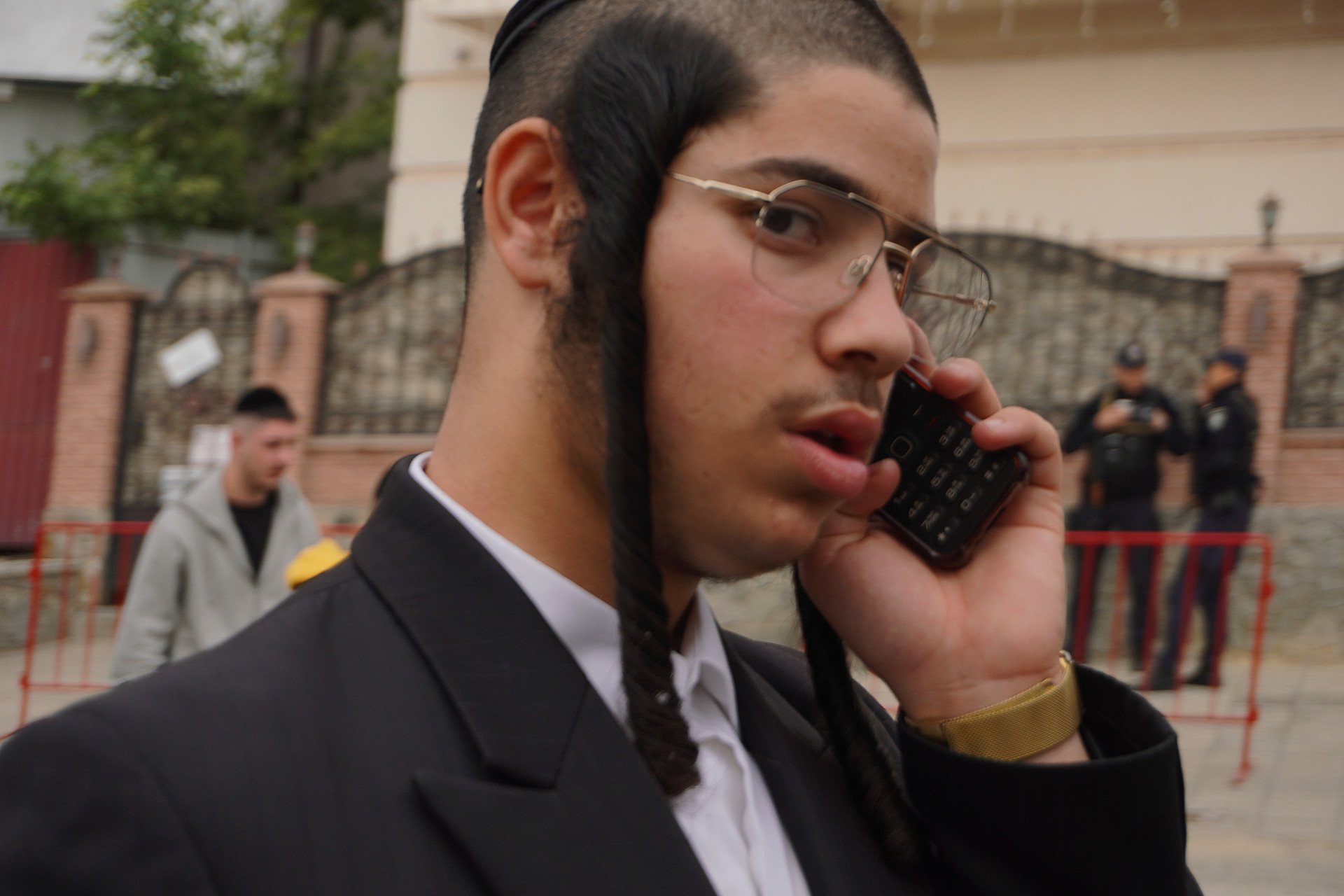
Each year, around Rosh Hashanah, the Jewish New Year, tens of thousands of Jews make a pilgrimage to Uman, a city in central Ukraine. Despite the Russian attacks, the city streets are jam-packed. What is Ukraine’s place in Jewish history, and how does it translate into the current day?
Jewish people continue to make the long journey—often upwards of 60 hours—to Uman. Their destination? The gravesite of Rabbi Nachman, who, 200 years ago, promised to intercede on behalf of anyone who visited him on Rosh Hashanah. In other words, he vowed to grant the wishes of those who embark on the pilgrimage. Today, thousands gather there to pray.
The most popular time to visit the grave of Rabbi Nachman is during Rosh Hashanah, the Jewish New Year, which typically occurs in September or October, with exact dates varying each year according to the Jewish calendar. Before the Russian full-scale war, travel to Ukraine was much easier, with direct flights available from Europe and Israel.
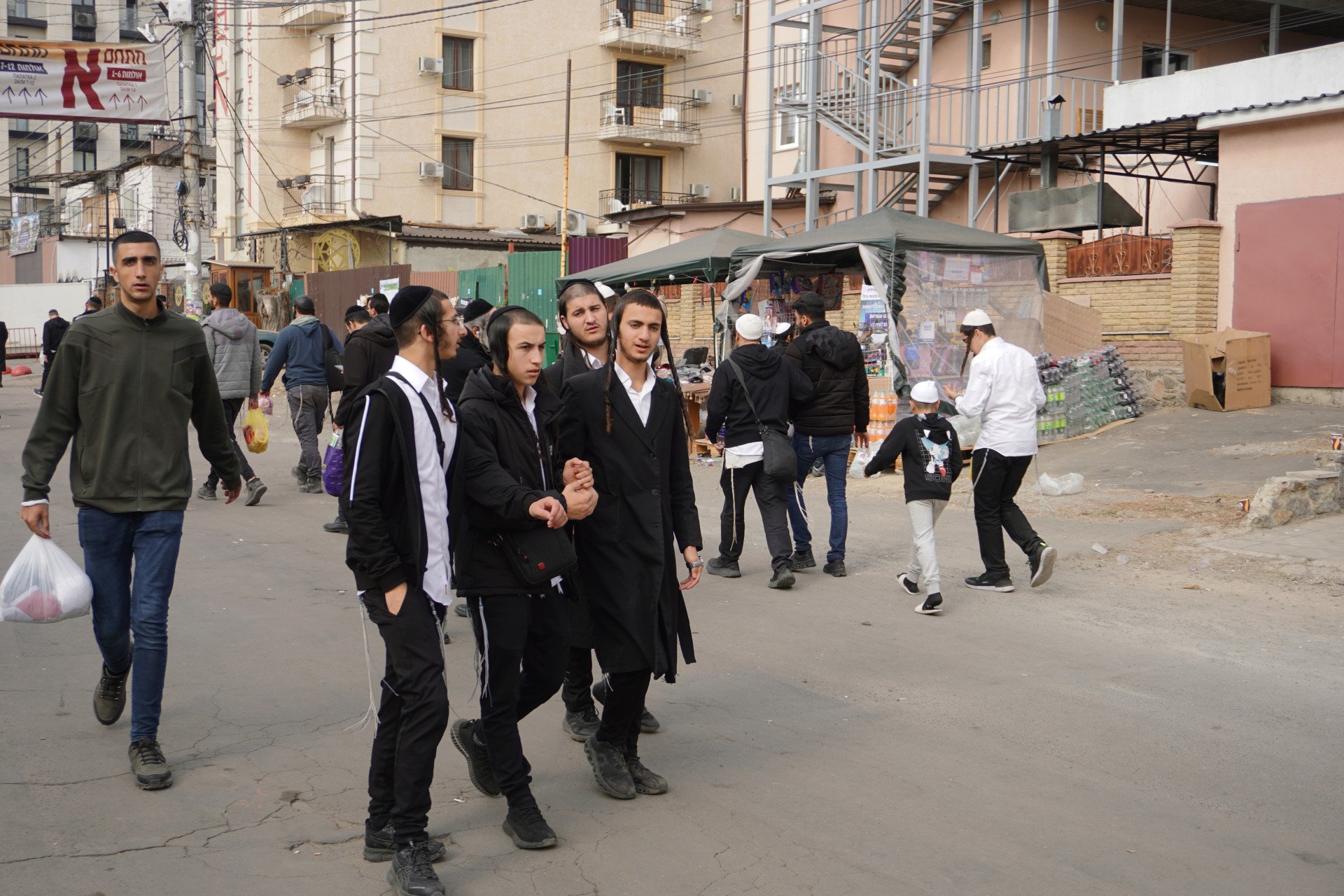
However, the war has complicated travel arrangements, inexistent flights, and limited travel options. Yet, devoted pilgrims will journey to Ukraine by bus or train, which can take several days depending on their starting point. The difficulties and costs involved do not deter Jewish men and women who make a considerable effort to visit Uman at least once in their lives; for some, this pilgrimage occurs every year.
Jewish thought leaders interpret visiting and praying at the gravesite of Rabbi Nachman as a mitzvah, or religious duty. Some who make the pilgrimage believe that their travels will be rewarded with success and miracles. For many, that's enough motivation to spend the time, money, and energy to make the long trek to Ukraine.
Ukraine’s Jewish history
The pilgrimage to Uman is more than just a spiritual journey—it highlights Ukraine’s deep-rooted connection to Jewish history, a legacy both rich and complex. Contrary to Russian propaganda, which falsely portrays Ukraine as hostile to Jews, the country has long been a cradle of Jewish thought, culture, and mysticism.
Jewish settlement in Ukraine dates back over a thousand years, with many fleeing persecution from the Byzantine Empire. By the 18th and 19th centuries, Ukraine had become a major hub for Jewish thought, particularly within the Breslov Hasidic Movement.
This region, later known as the Pale of Settlement, gave rise to some of the greatest Jewish thinkers, rabbis, and leaders, contributing to its reputation as a spiritual and intellectual center for European Jewry.
The Ashkenazi Jewish community, which makes up the majority of Jews worldwide, traces its origins to a region encompassing modern-day Ukraine and Belarus. For centuries, vibrant Jewish communities thrived in cities like Kyiv, Lviv, and Odesa, contributing to trade, culture, and religious scholarship. Synagogues buzzed with life, yeshivas nurtured future leaders, and entire neighborhoods flourished with Jewish customs and traditions.
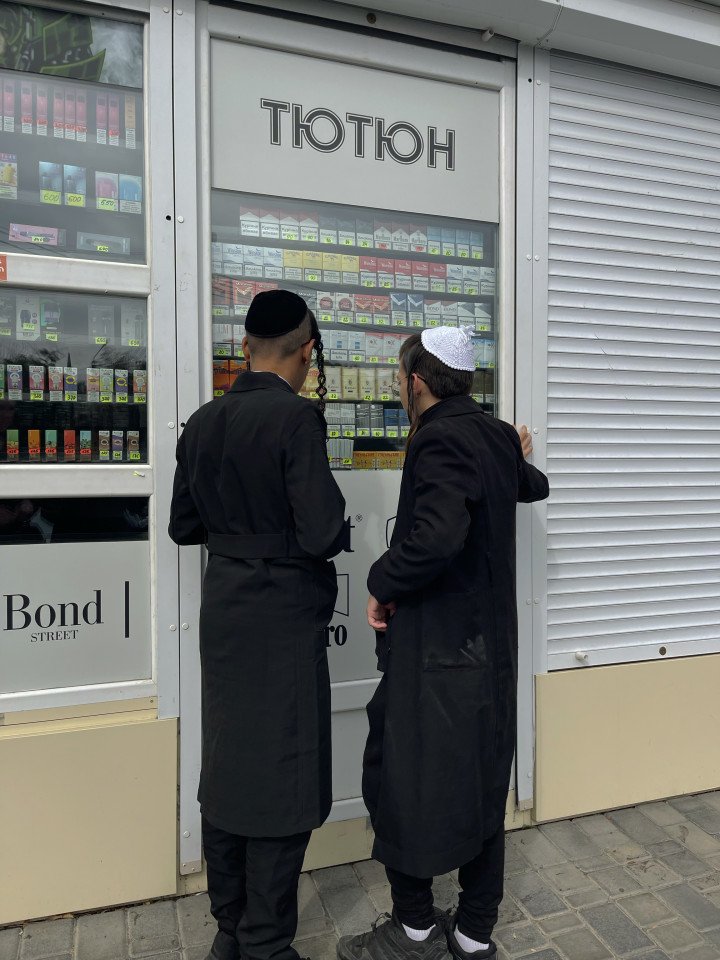
However, this history was also marked by persecution. Pogroms—violent, anti-Semitic attacks—repeatedly tore through these communities, leaving devastation in their wake. During the Holocaust, Ukraine witnessed some of the worst atrocities against Jews, including the mass murder of over 30,000 Jews at Babyn Yar in Kyiv. Despite these horrors, Jewish culture and community persisted.
In 2015 Jewish philanthropists, including Ukraine’s chief Rabbi Moshe Azman, established a village to house hundreds of families internally displaced by Russia’s aggression in eastern Ukraine and Crimea. Both Jewish and non-Jewish internally displaced peoples (IDPs) would co-exist in this community.
Today, Ukraine is seeing a resurgence of Jewish life. Even amid the war, Jewish communities in cities like Kyiv and Dnipro are revitalizing. A prime example is the Menorah Center in Dnipro, a 22-story marble building completed in 2012. As Europe’s largest Jewish community center, it serves the nearly 400,000 Jews who currently live in Ukraine.
Rabbi Nachman of Breslov
Figures like Baal Shem Tov, the founder of Hasidism, and his great-grandson, Rabbi Nachman, shaped the spiritual landscape of Judaism in Eastern Europe. Nachman’s teachings left a profound mark on Jewish thought. His focus on joy, simplicity, and maintaining faith during suffering resonated with generations. His practice of hitbodedut, a form of personal prayer in which people speak directly to God, became a defining trait of Breslov Hasidism.
Nachman’s influence also crossed into the secular world. His existential reflections on human struggle align with the work of Franz Kafka, the Jewish-Czech writer. Kafka, preoccupied with themes of alienation and inner turmoil, drew from his Jewish heritage and the mystical traditions of Eastern Europe.
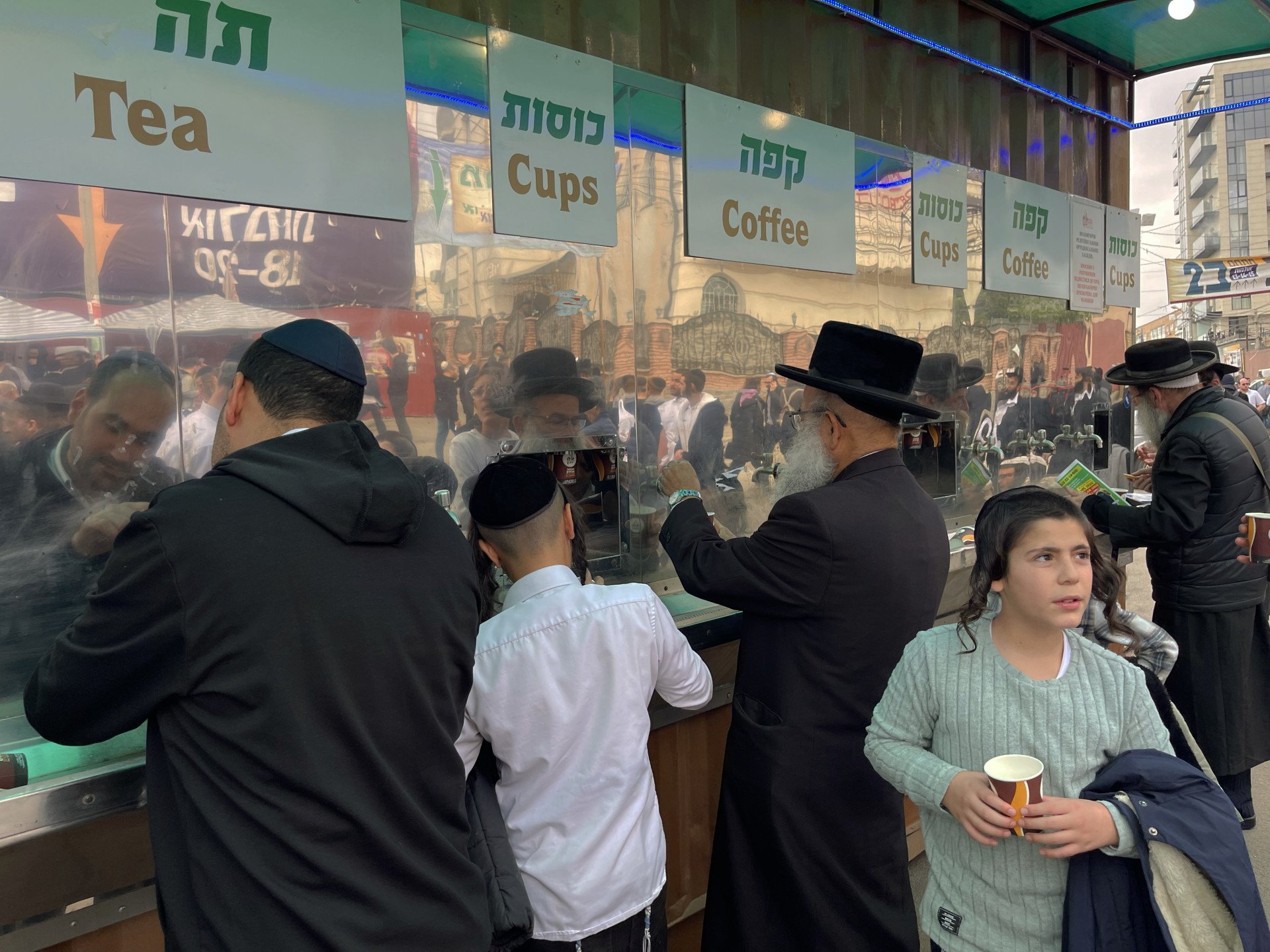
Celebrating the year 5784 in Ukraine
The 2024 (in the Grigorian calendar) Rosh Hashanah pilgrimage is set to attract around 40,000 Jews to a city with a prewar population of roughly 82,000. This presents both opportunities and logistical challenges, as videos documenting the event show streets packed with Jews from varying degrees of orthodoxy and walks of life. Every hotel, hostel, and available bed is booked—sometimes months in advance.
Before the war, and especially during Soviet times, the pilgrimage had relatively low attendance, with religious events completely outlawed under Soviet rule. Fast forward to modern times, Ukrainian and Jewish businessmen from around the world have invested in Uman’s infrastructure, turning the pilgrimage into a multi-million-dollar industry. While only a few Jews live in Uman year-round, the city now caters to tens of thousands of visitors. Kosher restaurants, hotels, and synagogues now make up permanent parts of the city. Jewish tourism in Uman now extends beyond the holiday season.
Despite the Russian missile attacks and high costs associated with the journey—often upwards of thousands of dollars for a week—many Jews, particularly from Israel and the United States, make the trip to experience the spiritual rewards of visiting Nachman’s grave.
The belief that this pilgrimage is a mitzvah, combined with the powerful communal atmosphere of prayer, singing, and dancing, and the hope of having prayers answered, makes the Uman pilgrimage (Rosh Hashanah Kibbutz) one of the most significant events in the Jewish calendar.
Overall, this annual pilgrimage has built a lasting connection between Ukraine and the global Jewish community. Uman’s economy and appearance have been transformed, and interactions between Jews and Ukrainians continue to grow as the pilgrimage gains popularity. It also reflects a shared respect for Rabbi Nachman’s legacy and Ukraine’s rich Jewish heritage. As this tradition gains more attention, it’s helping the world recognize Ukraine’s significance to Judaism.

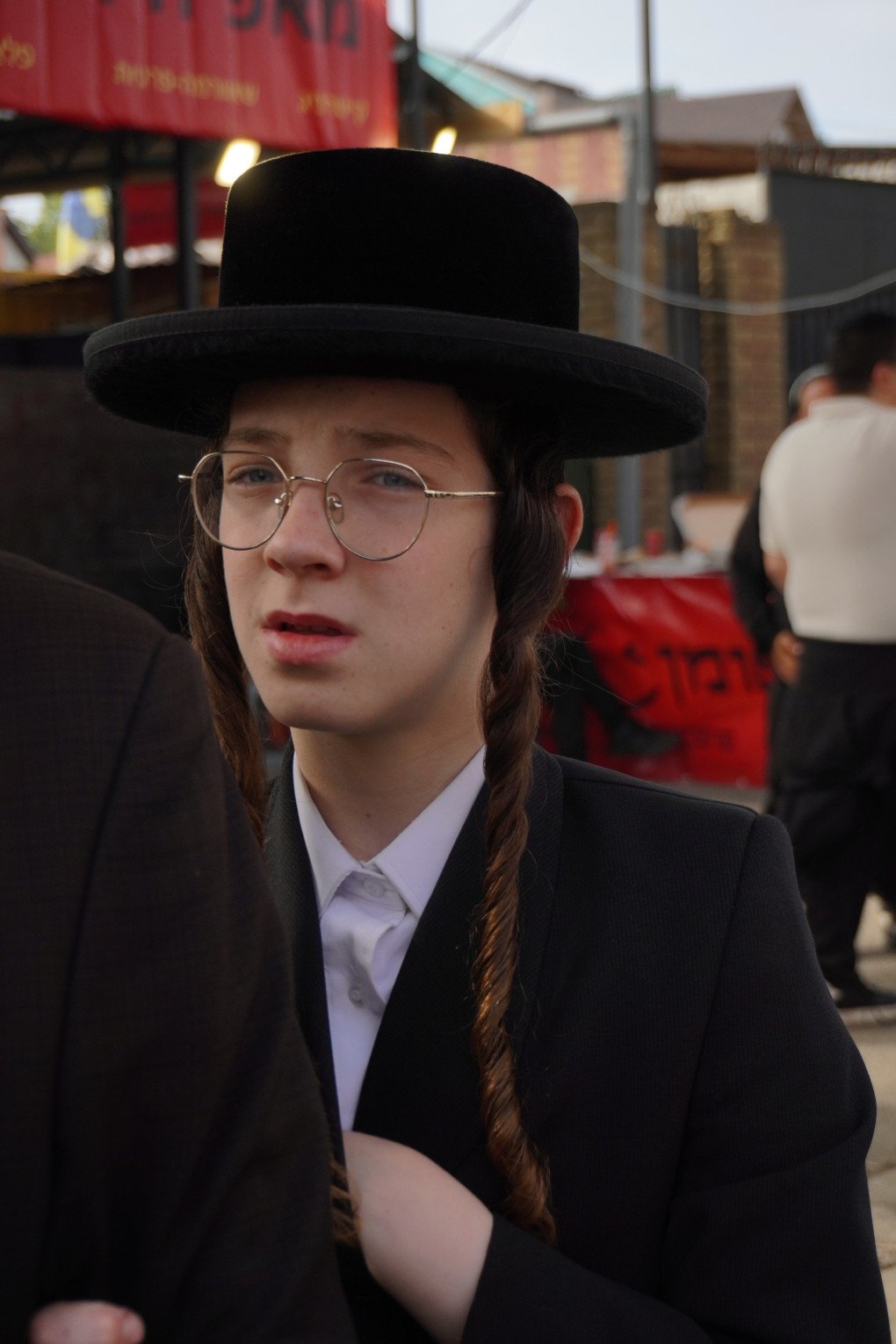
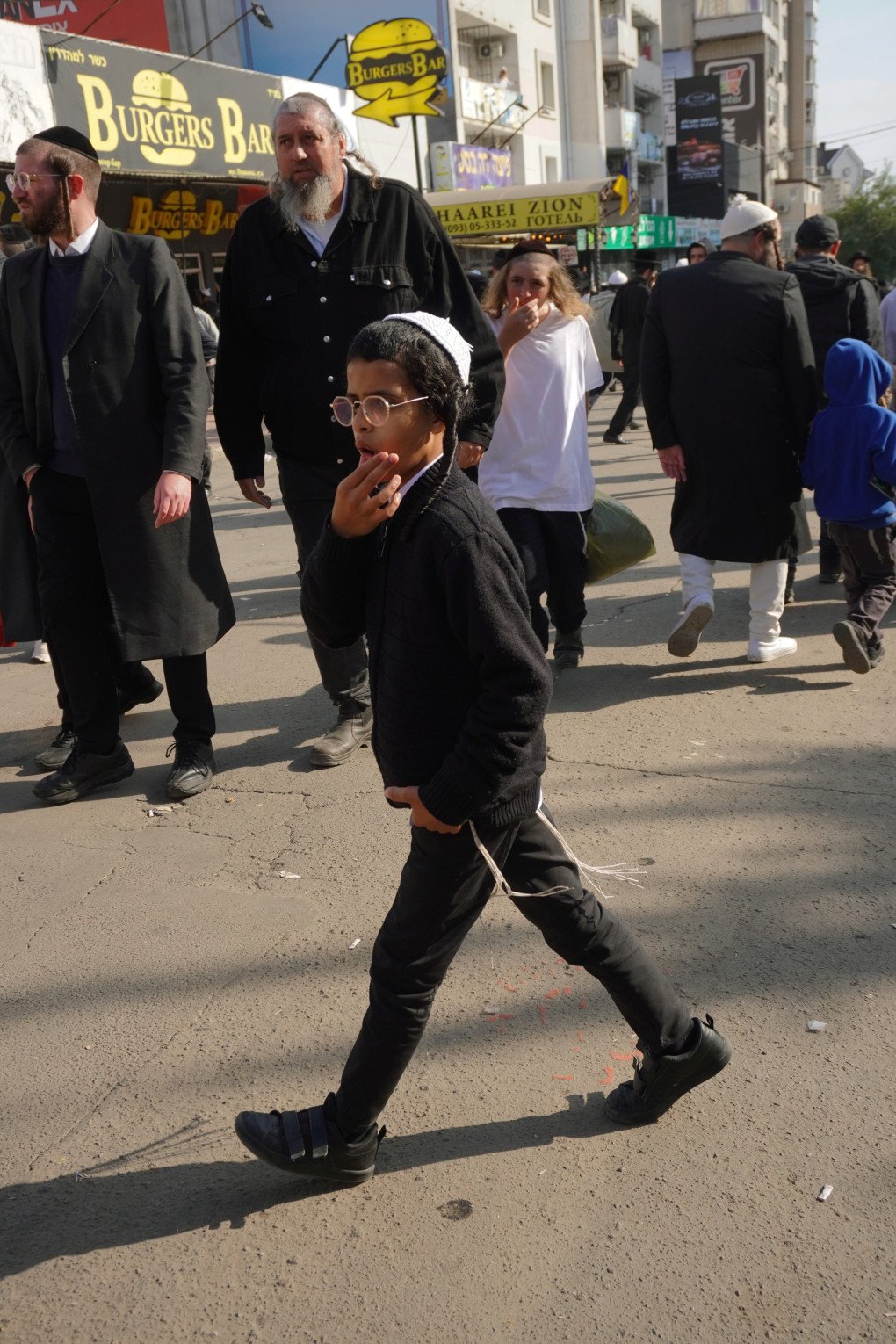
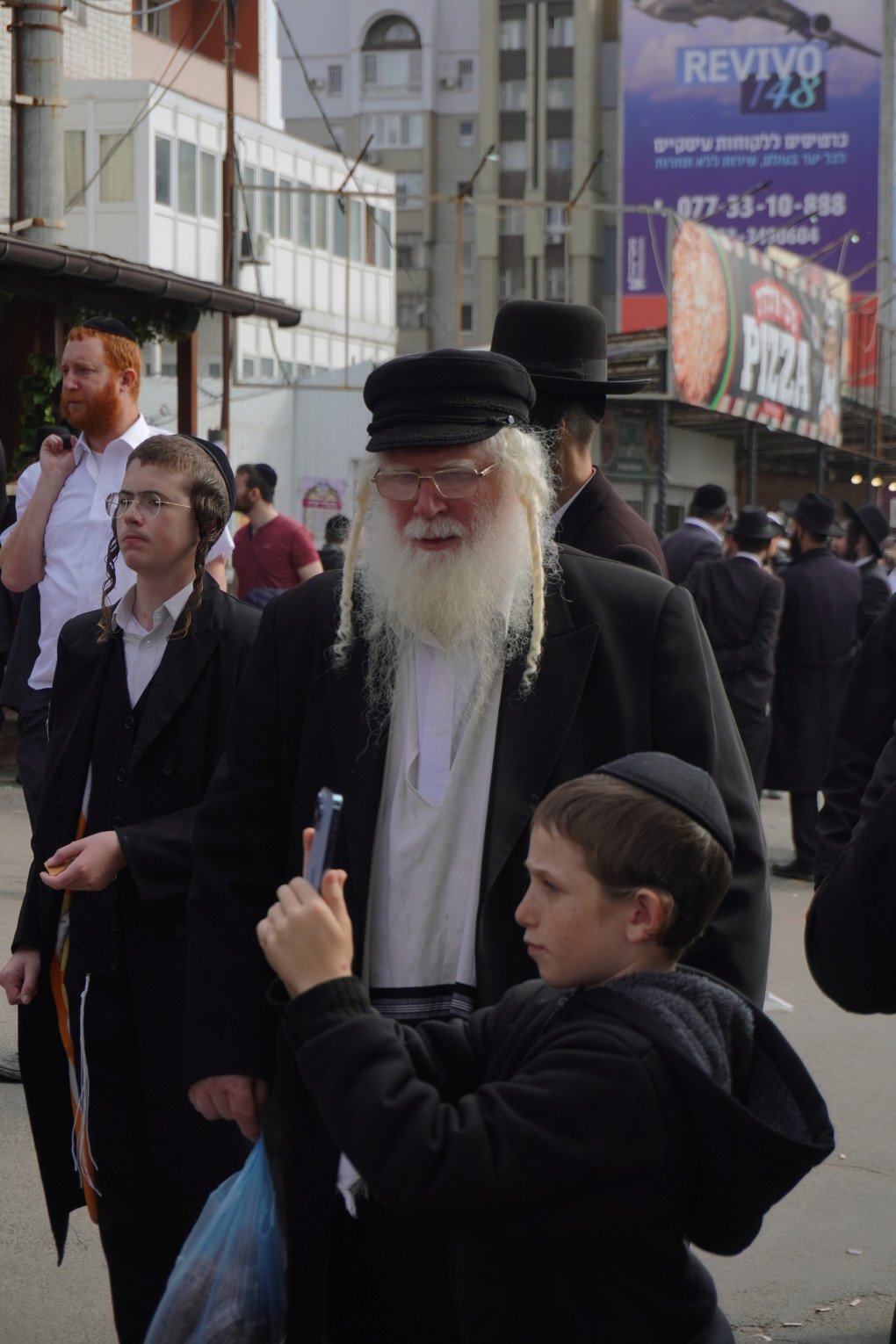
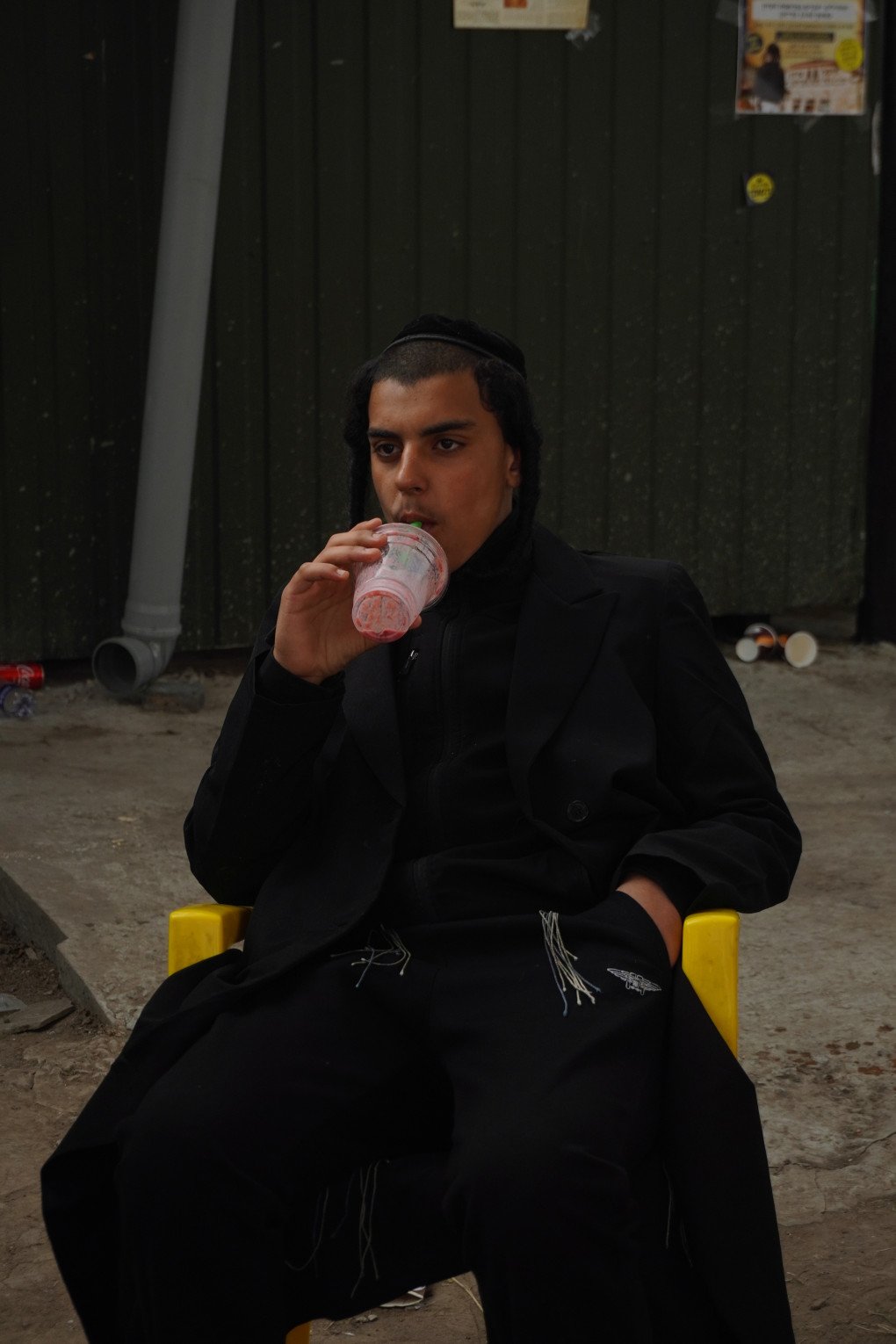
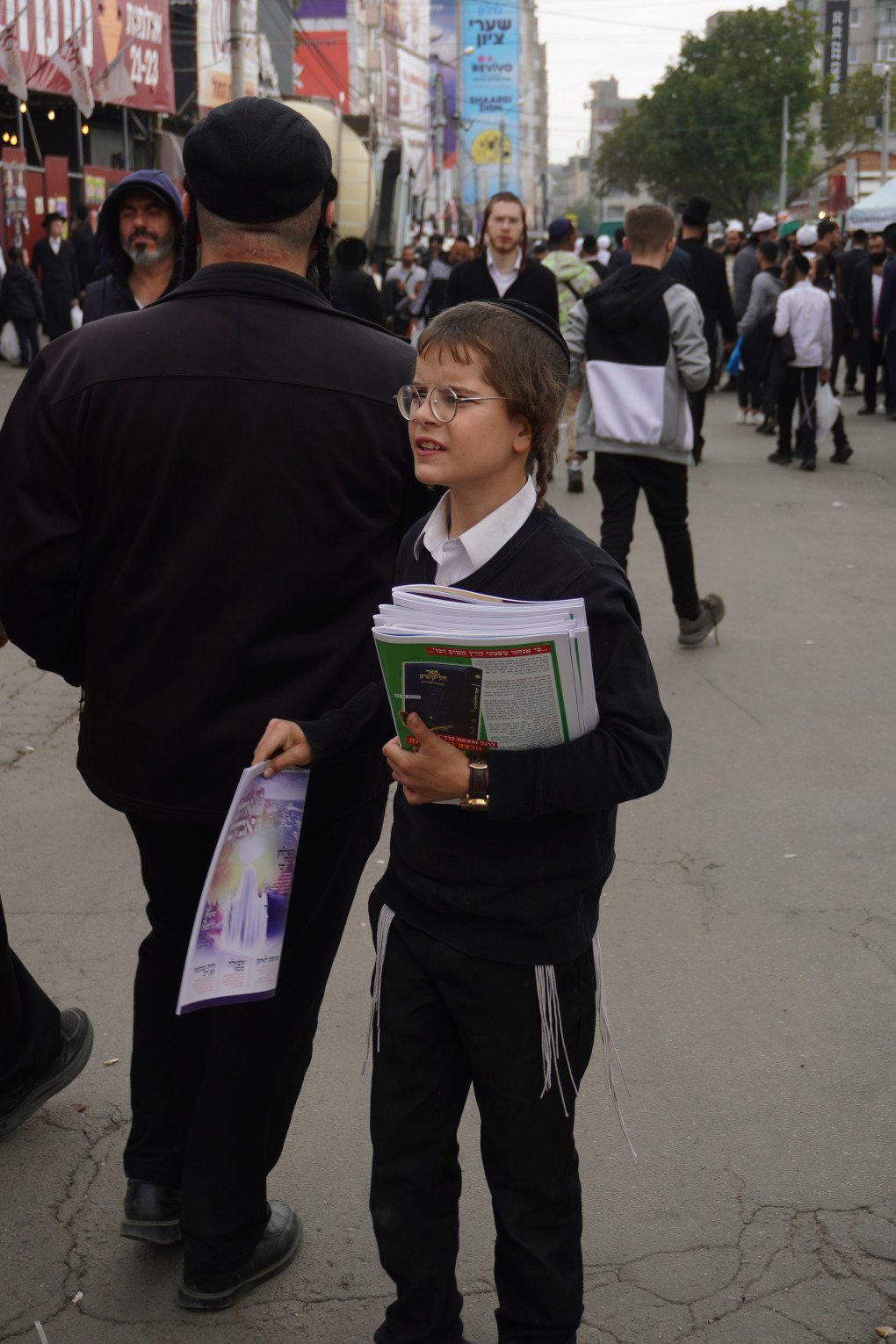
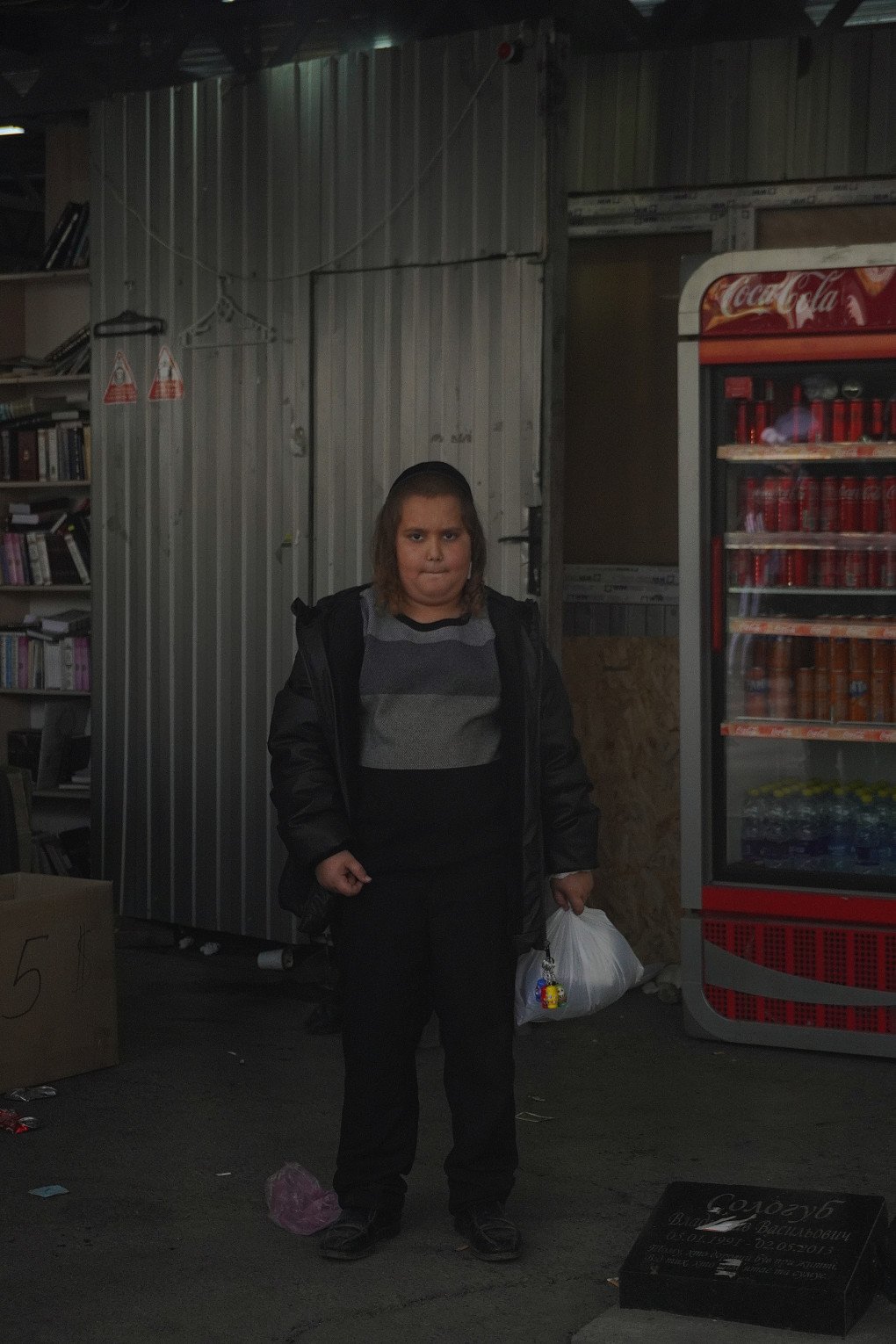
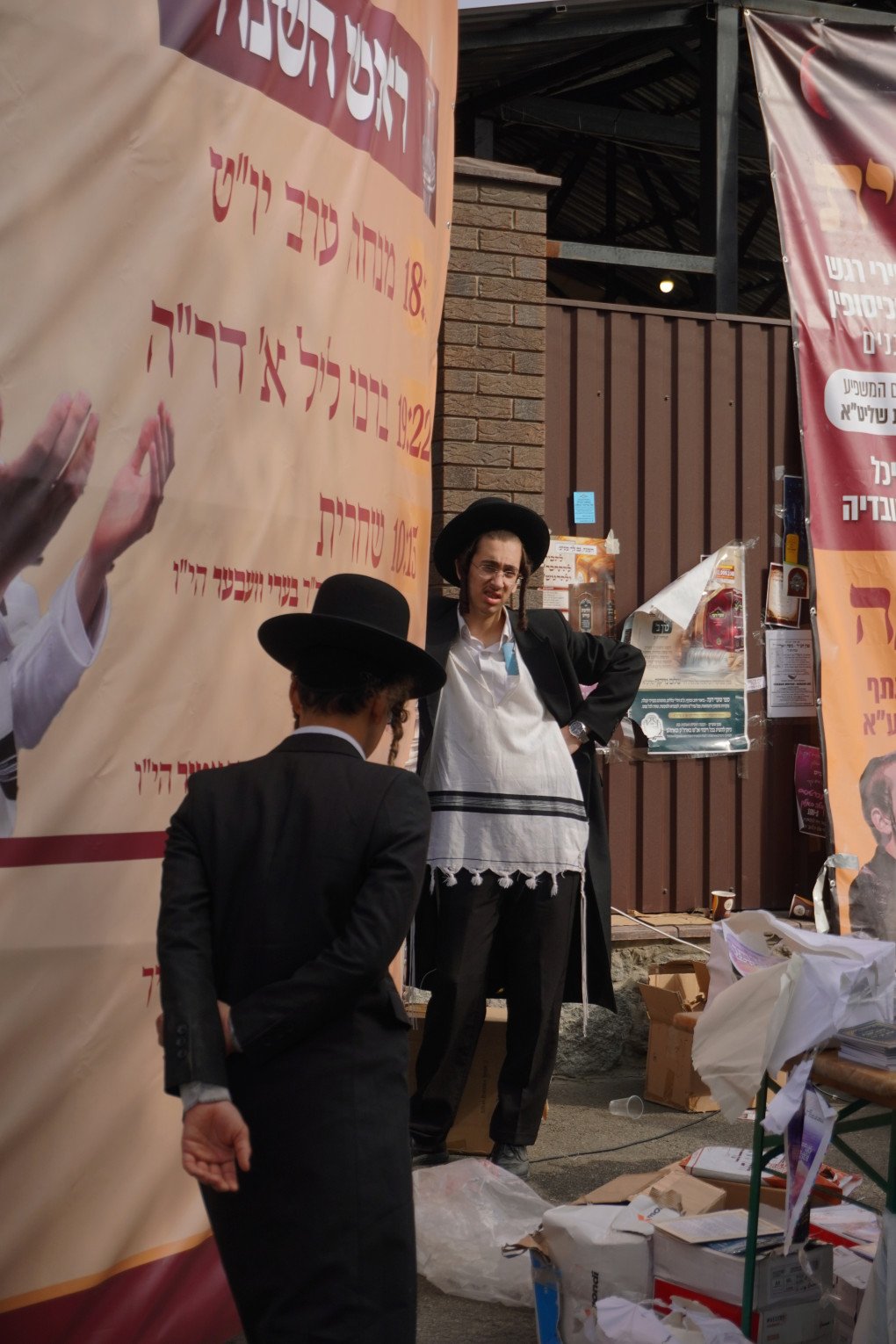
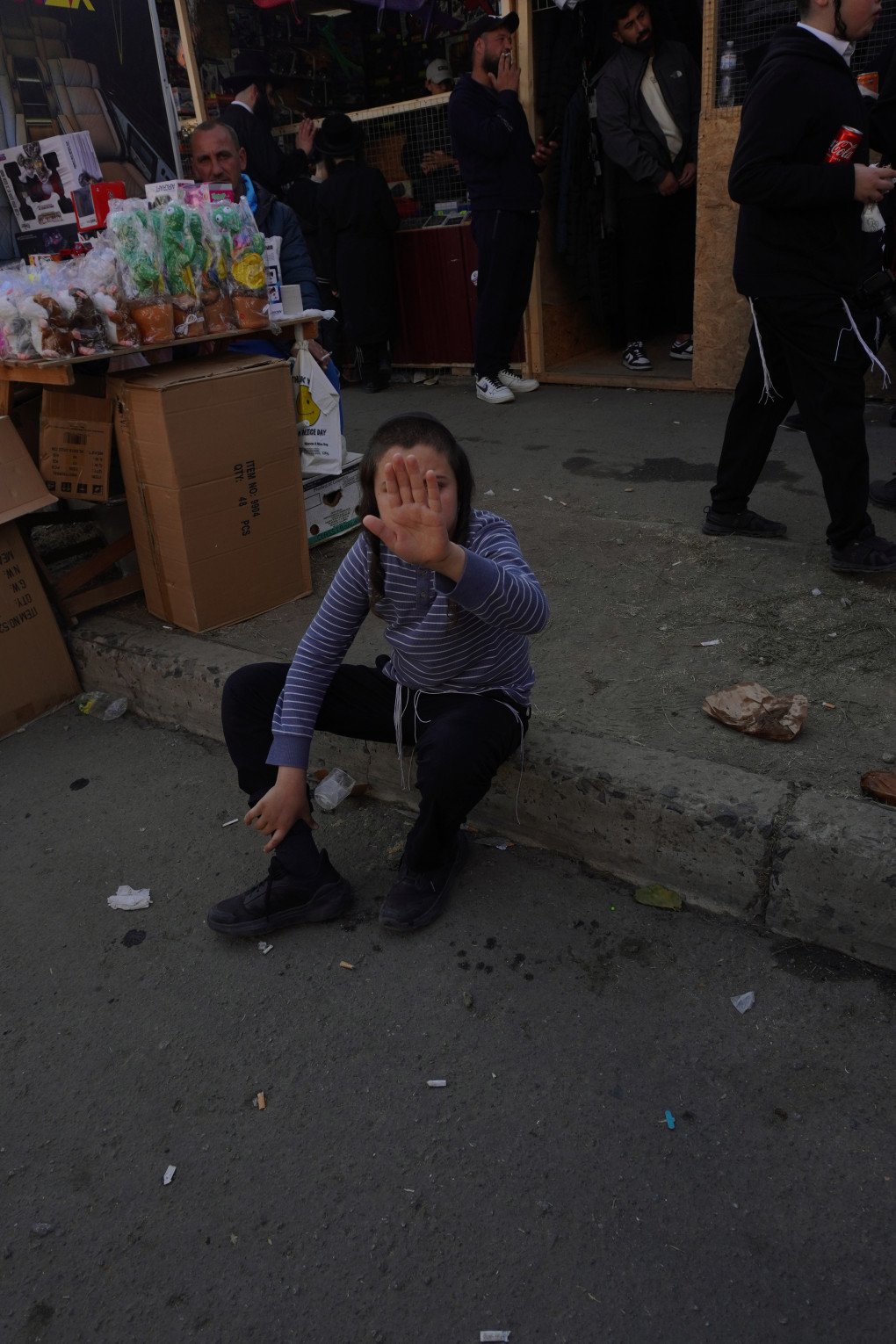
-b63fc610dd4af1b737643522d6baf184.jpg)

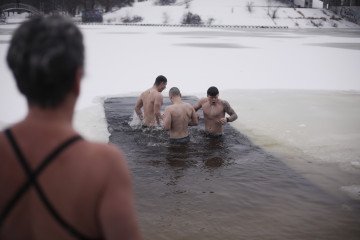
-554f0711f15a880af68b2550a739eee4.jpg)
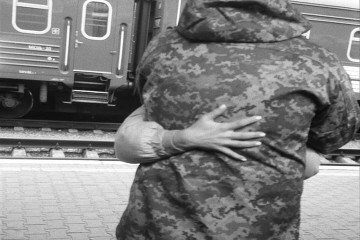
-ba02b3bc86f0b624f99115809a6a34d0.jpg)

-73e9c0fd8873a094288a7552f3ac2ab4.jpg)